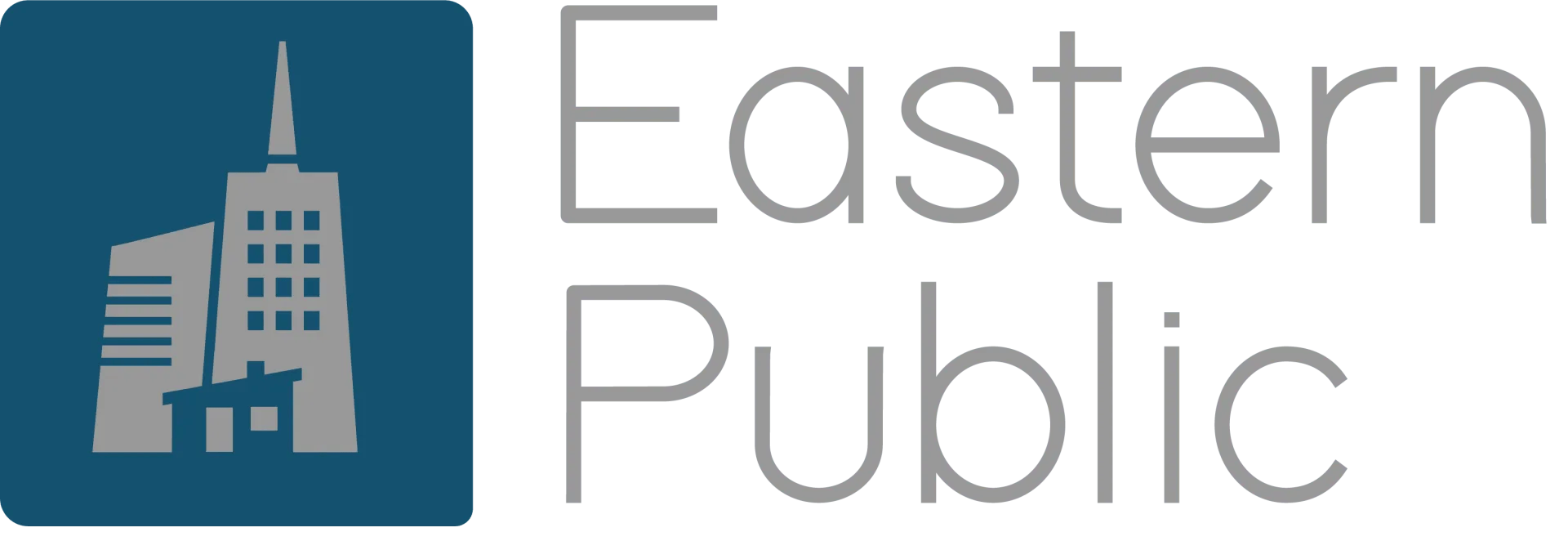Leveraging Underinsured and Uninsured Casualty Losses: A Guide for Policyholders
When disaster strikes and property is damaged or destroyed, navigating the aftermath can be daunting for any policyholder. Far too often property is under or uninsured. In these cases, it’s important for property owners to understand what resources are available to them to address their financial losses.
What Is a Casualty Loss?
Casualty loss, in the realm of insurance and taxes, refers to the unexpected and sudden damage or destruction of property. To qualify as a casualty loss, the event must be unforeseen, sudden, and accidental. Typically, these types of losses will be paid for through property insurance policies which are purchased for that particular property. However, if someone sustains an under-or-uninsured loss, understanding when and how those losses can be claimed as loss of income for tax purposes may be their only financial recourse to recover that loss.
Casualty Loss on Rental Property Explained
Defined by Section 165 of the United States Code under Title 26 A, casualty loss comes with specific requirements outlined by the Internal Revenue Service (IRS). Three types of IRS casualty losses exist: federal, disaster, and qualified disaster losses. Federal loss applies to property in a state receiving a federal disaster declaration with subsequent damage.
Examples of Qualified Disaster Loss
See
IRS.gov/DisasterTaxRelief for date-specific declarations associated with these disasters and for more information.
Limitation on Personal Casualty and Theft Losses (the "$100 and 10% rules")
Personal casualty and theft losses of an individual, sustained in a tax year beginning after 2017, are deductible only to the extent that the losses are attributable to a federally declared disaster. Personal casualty and theft losses attributable to a federally declared disaster are subject to the $100 per casualty and 10% of your adjusted gross income (AGI) reductions unless they are attributable to a qualified disaster loss. Personal casualty and theft losses attributable to a qualified disaster loss are not subject to the 10% of the AGI reduction and the $100 reduction is increased to $500. An exception to the rule above, limiting the personal casualty and theft loss deduction to losses attributable to a federally declared disaster, applies if you have personal casualty gains for the tax year.
How to Claim a Casualty Loss as a Tax Deduction
Claiming a casualty loss involves specific steps and adherence to IRS rules:
- Tax Deduction:
- Report losses on IRS Form 4684.
- Claim losses as itemized deductions on Schedule A (Form 1040).
- Fill out Form 1040-X for refund determination.
- Adhere to the $100 and 10% rules set by the IRS.
- Calculation:
- Determine the amount of casualty loss.
- Deduct $100 from each amount, add the resulting values.
- Calculate adjusted gross income (AGI).
- Deduct 10% of AGI from the total loss for the final deduction amount.
Points to Remember:
- Deductions should comply with the $100 and 10% rules.
- Qualified disaster losses have a $500 deduction and are exempt from the 10% rule.
- Multiple property owners can file separately, but joint filers should deduct the loss for one person.
Limitations
IRS casualty loss deductions face specific limitations:
- Damage from non-federal disasters is subject to maximum insurance coverage.
- No deduction if the net loss is less than 10% of AGI.
- Recovered deductible losses should be included as income in the recovery year.
Frequently Asked Questions (FAQs) about Casualty Losses
- Are insurance proceeds from a casualty loss taxable?
No, insurance proceeds are generally not taxable as they are not considered income.
- Are casualty losses deductible?
Yes, but the casualty must be sudden, unforeseen, and not fully covered by insurance.
- How to claim a casualty loss on taxes?
Report losses on Form 4684, file Form 1040, and follow deduction rules.
Understanding IRS tax rules following a casualty loss can be essential for policyholders navigating the aftermath of these unexpected events. By following the correct procedures and rules, taxpayers can maximize their benefits, especially when insurance coverage falls short. For more information on IRS tax rules and application for deductible losses, see
IRS
Publication 547 (2022), Casualties, Disasters, and Thefts or consult with a qualified tax attorney and accountant.
As always, reach out to us at 929.999.4674 or email us at info@EasternPublic.com for help navigating property insurance claims.
Eastern Public is a complete property insurance claims and risk management firm based in New York. With over 20 years of experience, we are licensed to serve clients in the greater New York City area and across the East Coast, including New York, New Jersey, Pennsylvania, Connecticut, Massachusetts, Vermont, Maine, Rhode Island, DC, Maryland, North Carolina, South Carolina, Kentucky, and Georgia. For 24/7 claims advice and service, contact us at (929) 999.4674 or info@EasternPublic.com .
Our Work
News & Press







